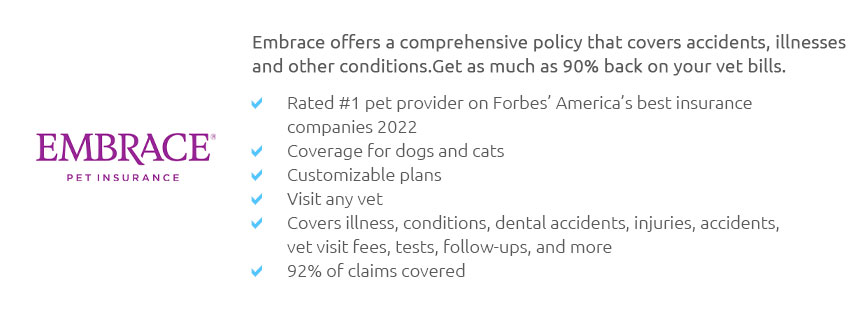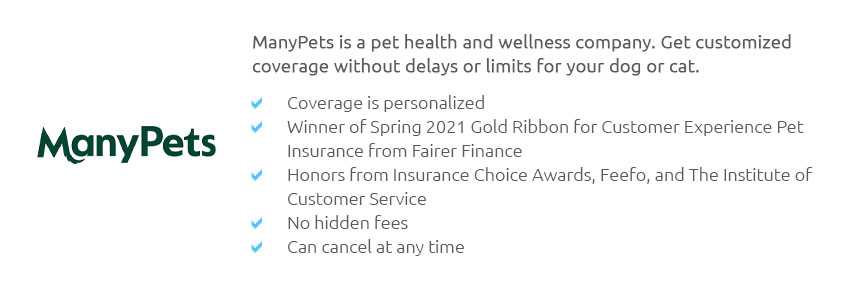 |
 |
 |
 |
 |
 |
|
 |
|
 |
|
 |
|
 |
|
 |
 |
 |
 |
 |
 |
 |
 |
How Much Does Cat Insurance Cost?Caring for a feline friend is a rewarding experience, but it also comes with its fair share of responsibilities, one of which is ensuring that your cat has access to quality healthcare. One way to manage this is through cat insurance, a topic that often leads pet owners to ask: how much does it cost? Understanding the cost of cat insurance is essential for making an informed decision. Several factors influence the price of a policy, ranging from the age and breed of your cat to the level of coverage you desire. Typically, monthly premiums for cat insurance can vary significantly. On the lower end, you might find policies around $10 to $15 per month, while more comprehensive plans can run upwards of $40 to $50 per month or more. It’s crucial to weigh what you’re getting against what you’re paying. Factors Influencing Cat Insurance Costs
When considering these factors, it’s important to find a balance that works for your budget and provides peace of mind. Some pet owners might find a basic plan sufficient, especially if their cat is young and healthy, while others might prefer the security of more extensive coverage. Expert Tips for Choosing Cat Insurance Choosing the right insurance for your cat doesn't have to be daunting. Here are some expert tips to guide you:
By taking these steps, you can make an informed decision that not only fits your financial situation but also ensures your beloved pet receives the care it deserves. Frequently Asked QuestionsWhat is the average cost of cat insurance per month? On average, cat insurance can cost anywhere from $15 to $30 per month, though this can vary based on factors like coverage level and cat's age. Does cat insurance cover pre-existing conditions? Most cat insurance policies do not cover pre-existing conditions. It's important to check with the insurer to understand specific exclusions. How can I reduce the cost of cat insurance? You can reduce the cost by opting for higher deductibles, selecting a plan with fewer bells and whistles, or by bundling pet insurance with other policies. Is it worth getting insurance for an indoor cat? Even indoor cats can develop unexpected health issues or suffer accidents. Insurance can provide financial relief in such situations, making it a worthwhile consideration. Are there any alternatives to cat insurance? Some pet owners choose to self-insure by setting aside a savings fund for pet emergencies. Others may consider discount plans that offer reduced costs for veterinary services. https://www.pawlicy.com/blog/why-does-my-cat-need-pet-insurance/
On average, accident/illness pet insurance costs about $30 per month for cats. For younger cats, you can find plans that cost as little as $20 or less per month ... https://www.bankrate.com/insurance/pet-insurance/how-much-does-pet-insurance-cost/
Pet insurance costs depend on your pet, where you live, the plan you choose and several other factors. https://www.allstate.com/resources/pet-insurance/how-much-does-pet-insurance-cost
The cost of pet insurance varies based on many factors. As with other insurance you may have, you'll likely pay an annual or monthly premium to keep your pet ...
|